OBSERVATION OF AI TEXT TO IMAGE USAGE ON THE CREDIBILITY OF VISUAL ARTWORKS
Abstract
Artificial Intelligence (AI) has advanced the technology of AI Text-to-Image, such as the Midjourney platform, which is an application that creates images based on text prompts. However, this raises the question of whether AI works from Midjourney do not violate copyright. This study uses Roland Barthes' semiotics theory and The Liang Gie's aesthetic theory to analyze the artwork produced by Midjourney. The results of the study show that Midjourney is able to create new images by combining elements from various photos to create new images that have unity, harmony, and balance based on the given text prompts. In other words, AI works do not directly copy or imitate existing artwork on the internet. This study provides a deeper understanding of the working principles of AI Text-to-Image platforms and confirms that the results produced by AI such as Midjourney have unique artistic value and do not violate copyright. Although there is debate surrounding the use of AI in art, the results of this study support the view that AI can be a creative and innovative tool in creating unique and new visual artworks.
Downloads
References
Zein, Afrizal. (2021). Kecerdasan Buatan Dalam Hal Otomasi Layanan, 4(2), 16.
Tautvydienė, G & Morkevičienė, I. (2023). Possibilities of Applying Artifical Intelligence Text
and Image Generation Models, 2(1), 141-157. https://doi.org/10.56131/tmt.2023.2.1.156
Chesher & Albarrán-Torres. (2023). The emergence of autolography: the ‘magical’ invocation
of images from text through AI. Media International Australia, 2-4. https://journals.sagepub.com/doi/10.1177/1329878X231193252
Cammer, Michael. (2023). Too bad to be fraud, Midjourney has yet to embark in science. New York University Grossman School of Medicine, Langone Health Microscopy Laboratory Core Facility, 1. https://doi.org/10.1101/2023.01.28.526052
Tanugraha, Stephen. (2023). A Review Using Artificial Intelligence-Generating Images: Exploring Material Ideas fromMidJourney to Improve Vernacular Designs, 2(1), 48-49. https://doi.org/10.24002/jarina.v2i2.7537
Enjellina, Beyan, E. V., & Anastasya Gisela Cinintya Rossy. (2023). Review of ai image generator: Influences, challenges, and future prospects for architectural field. Journal of Artificial Intelligence in Architecture, 2(1), 53–65. https://doi.org/10.24002/jarina.v2i1.6662
Hanna, D. (2023). The use of Artificial Intelligence Art Generator “Midjourney” in artistic and advertising creativity. Journal of Design Sciences and Applied Arts, 4(2), 42–58. https://doi.org/10.21608/jdsaa.2023.169144.1231
Fadilla, A. N., Ramadhani, P. M., & Handriyotopo, H. (2023). Problematika Penggunaan ai (artificial intelligence) Di Bidang Ilustrasi : Ai vs artist. CITRAWIRA : Journal of Advertising and Visual Communication, 4(1), 129–136. https://doi.org/10.33153/citrawira.v4i1.4741
Singh, Akanksha & Anekar, Sonam & Shenoy, Ritika & Patil, Sainath. (2022). Text to Image using Deep Learning. International Journal of Engineering and Technical Research.
Andrii Titov, (2022, August 8), Midjourney as an artificial intelligence system. [Online] https://stepico.com/blog/midjourney-as-an56 Volume 4 ,Issue 2, June 2023-15-artificial-intelligence-system/, (diakses pada 3 Oktober, 2022).

This work is licensed under a Creative Commons Attribution 4.0 International License.

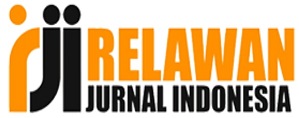

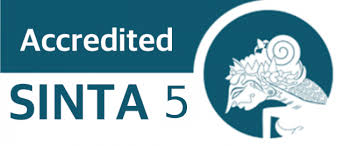



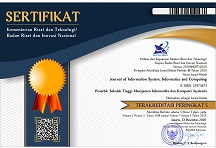




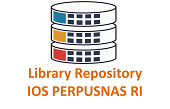







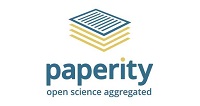

.png)
.png)


